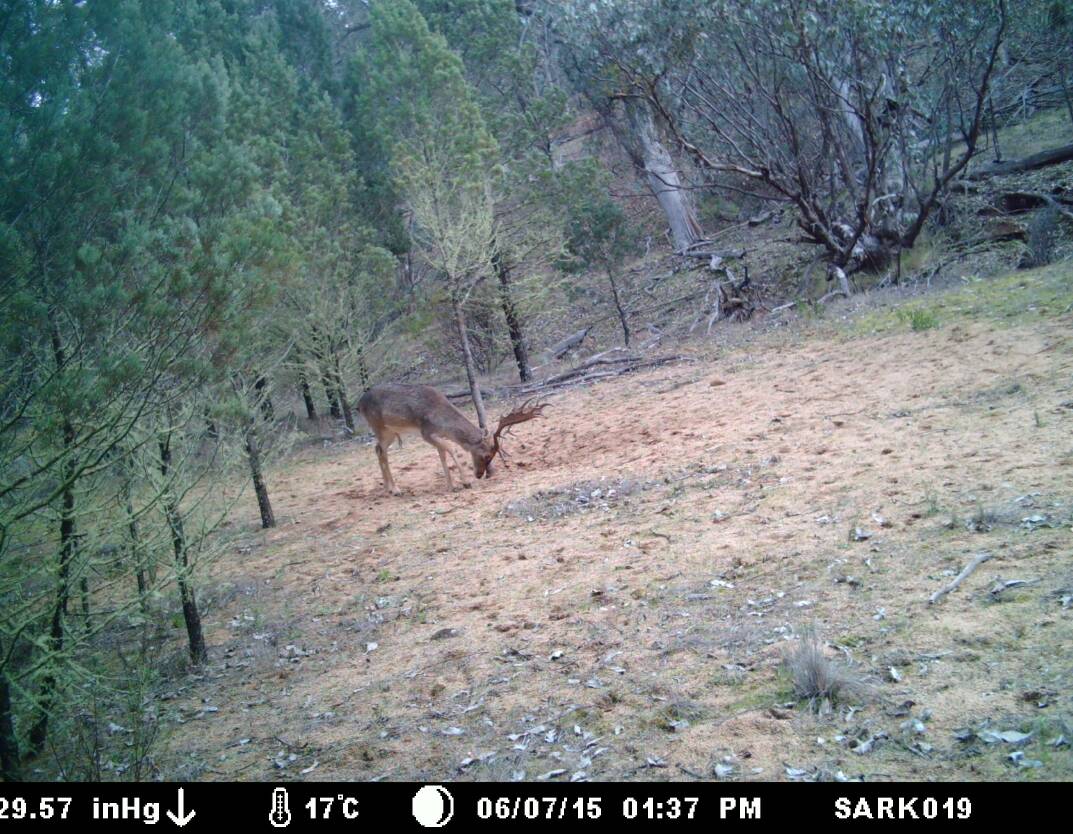
FERAL deer and the destruction they leave in their wake are at the centre of a new research project around Lake Macquarie.
Lake Macquarie City Council will fund the University of Technology Sydney (UTS) project, using wildlife camera traps and scat surveys to determine what deer species are present and where they might be thriving.
Feral deer are known to be quite abundant in the Cessnock area that borders Lake Macquarie, UTS Environmental Sciences program director Dr Leigh Martin said.
"I know of anecdotal reports and incidences of road-kill in Lake Macquarie, but precise information is lacking," he said.
"Hence the need to determine distribution, abundance and impact."
Feral deer are difficult to spot in the wild, with their shy, elusive nature and camouflage, but Dr Martin said that doesn't mean they aren't around.
"I've previously seen what looked like deer scats near the Morisset Hospital area, but it wasn't the focus of my work at the time so I didn't investigate further," he said.
"Given what's known from the Illawarra and Cessnock regions, the potential for environment impact in Lake Macquarie is quite high."
Field research will start in state forests, reserves and national parks across the western and southern parts of the city in November.
Dr Martin hopes to get input from the community about possible sightings or the current impact of feral deer - which were introduced to Australia in the mid-1800s for hunting.
Deer populations exploded in the wild, with the six feral species of rusa, red, sambar, chital, hog and fallow believed to be in their millions.
The federal government's five-yearly State of the Environment report, released last month, has identified invasive species as the most prevalent threat to native wildlife.
Environmental degradation caused by feral deer trampling and feeding in native habitats has been listed as a key threatening process in NSW.
Invasive Species Council Conservation director James Trezise said feral deer have spread "dramatically" across the state in the last decade.
"They do a huge amount of damage to native ecosystems, grazing and trampling vegetation, spreading weeds through faecal matter and degrading waterways," he said.
"Even low populations of deer can have serious impacts on native threatened species.
"It's critical that a strategy is developed to contain and manage down feral deer populations in NSW."
The council provides up to $8000 for relevant research projects.
Applications for the next round of Environmental Research Grants will open later this year, for more information visit the council's website.







